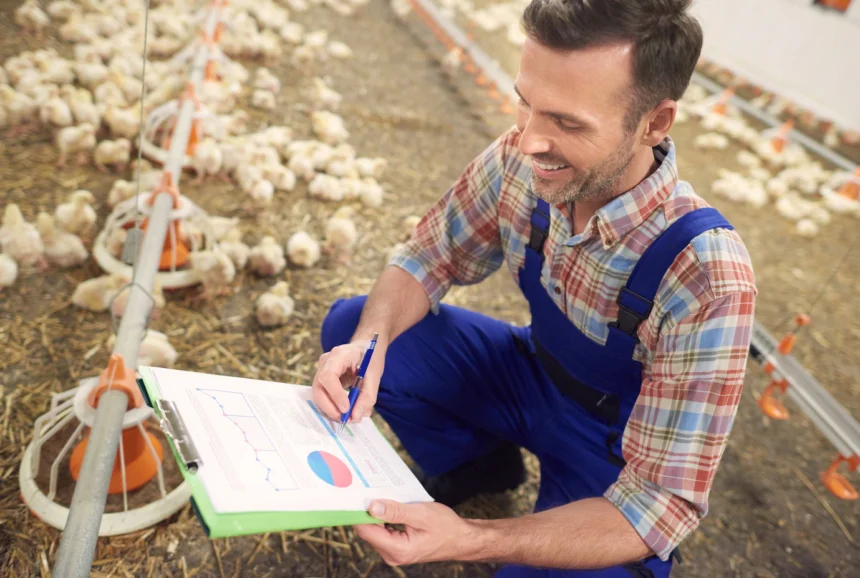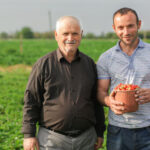Developing a successful farm brand and marketing strategy requires careful planning and execution. Here are some tips to help you along the way:
- Define your brand identity: Start by defining your farm’s unique identity and values. Consider what sets you apart from competitors, your mission, vision, and the story behind your farm. This will serve as the foundation for your brand and help you connect with your target audience.
- Know your target audience: Conduct market research to understand your target audience’s preferences, needs, and buying behaviors. Determine who your ideal customers are, such as local families, restaurants, or specialty food stores. This knowledge will help you tailor your marketing messages and tactics to effectively reach and engage your audience.
- Develop a compelling visual identity: Create a strong and memorable visual identity for your farm brand. This includes designing a logo, choosing consistent colors, typography, and imagery that reflects your farm’s personality and values. These visual elements should be present in all your marketing materials, both online and offline.
- Build an online presence: Establishing an online presence is crucial in today’s digital age. Create a professional website that showcases your farm, products, and any unique selling points. Consider starting a blog to share insights, recipes, or farming stories. Utilize social media platforms relevant to your target audience, such as Instagram, Facebook, or Twitter, to engage with customers and share updates about your farm.
- Content marketing: Develop a content marketing strategy to educate, entertain, and engage your audience. Create informative and visually appealing content such as blog posts, videos, infographics, or tutorials related to farming, sustainable practices, or cooking with your products. This will position your farm as a trusted source of information and help build brand loyalty.
- Establish partnerships: Collaborate with local businesses, chefs, or community organizations to expand your reach and credibility. Consider participating in farmers’ markets, community events, or local food festivals to showcase your products and build relationships with potential customers.
- Packaging and labeling: Invest in high-quality packaging that reflects the quality and values of your farm. Use clear and informative labels that highlight the farm’s name, product details, certifications (organic, non-GMO, etc.), and any unique selling points. Eye-catching packaging can attract customers and differentiate your products on store shelves.
- Customer engagement: Engage with your customers on a personal level. Respond to inquiries, reviews, and feedback promptly and professionally. Offer personalized experiences such as farm tours, workshops, or cooking classes to build a loyal customer base.
- Seek media coverage: Reach out to local media outlets, food bloggers, or influencers who may be interested in featuring your farm or products. A positive review or a mention in an influential publication can significantly boost brand awareness and credibility.
- Monitor and adapt: Continuously monitor the performance of your marketing efforts. Track key metrics, such as website traffic, social media engagement, sales, and customer feedback. Use this data to evaluate the effectiveness of your strategies and make adjustments as needed to optimize your marketing efforts.
Remember, building a successful farm brand and marketing strategy takes time and consistency. Stay true to your farm’s values, engage with your audience authentically, and continuously strive for excellence in your products and customer service.







